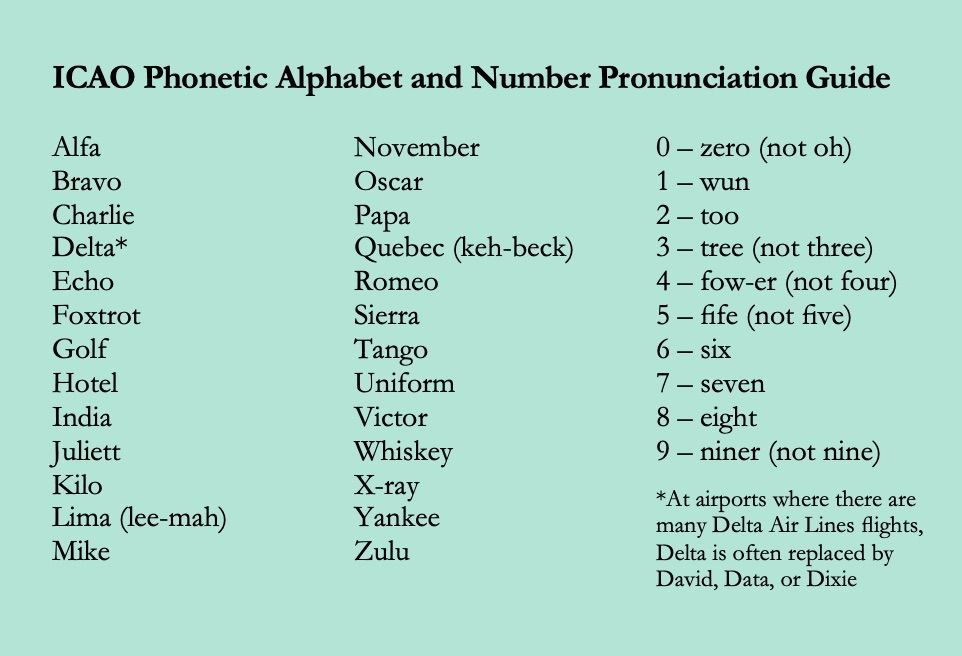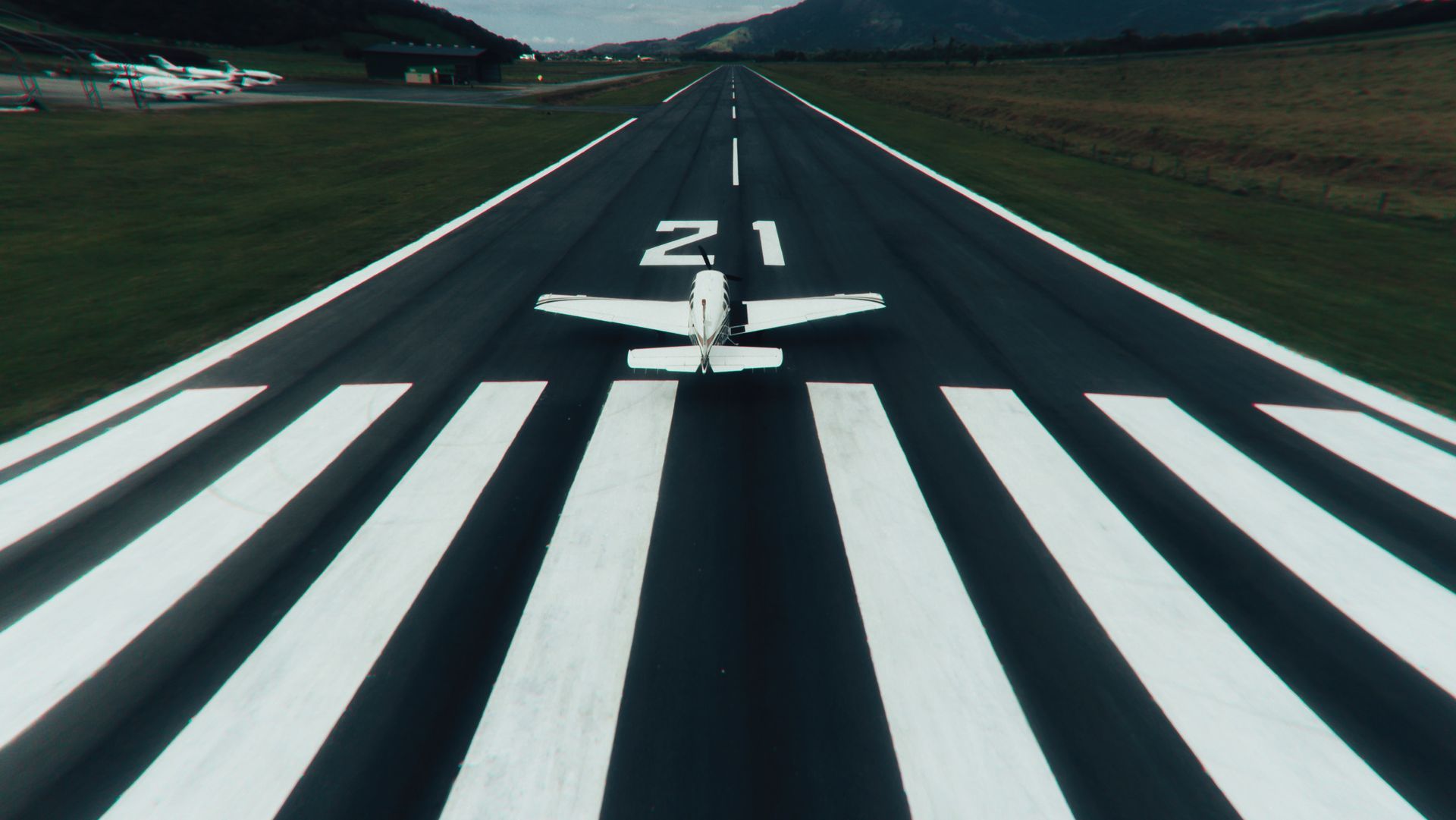Overcoming Failures
Are failures preventing you from landing at an airline?

In this airline pilot hiring boom, we are seeing up-and-coming pilots say in online forums that they have worked hard to train and achieve all the certification and credentials to become airline pilots, and are frustrated to discover that their checkride disapprovals and training failures are preventing them from landing at an airline. In other cases, they're worried about job terminations, DUIs, or accidents.
To qualify for an airline pilot job, one has to have passed at least five checkrides: Private, Instrument, Commercial, Multi-Engine, and Airline Transport or ATP. Many also become Certificated Flight Instructors (CFI), which is a popular entry-level job and step on the career ladder.
One or two checkride failures can be explained. Pilots are human, after all.
Three or more flight training failures, jumping through a series of employers, and getting fired from a pilot job, will get the attention of an airline recruiter and interviewer. Past problems can be a prediction of future performance, and questions are raised: Is this someone with weak flying skills? Or who has difficulty with learning? Who won't take responsibility for their performance? Who doesn't play well with others? Is this a pattern?
You may need to stop and ask yourself or ask a trusted mentor: Do I need more training on basic airmanship? Do I need a better attitude? Is this the career for me? (But, please read on.)
The Pilot Examination Process
A checkride disapproval (or "pink slip") requires the pilot applicant to return to their flight instructor for remedial flight training, before making another attempt at completing the checkride by demonstrating the failed maneuvers. When the pilot can do that, they have achieved that next pilot certificate or rating. But the prior disapproval is also recorded in FAA records.
The FAA authorizes highly experienced pilots to give these checkrides as Designated Pilot Examiners (DPEs), except that the FAA’s own Aviation Safety Inspectors often conduct the initial CFI checkride themselves, for quality control of flight instructors.
Numerous pilots have told of inappropriate conduct of DPEs and ASIs, including reports of examiners making inappropriate comments about women to women pilot applicants, requesting quid pro quo sexual favors, groping during the checkride, sexual harassing communications during and after the checkride, and clear bias against pilot applicants who are female and/or people of color. A pilot posted one recent example in which a DPE failed six female pilot applicants in a row and no male applicants, all recommended by the same flight school.
Flight training and checkrides continue after a pilot is hired by an airline, of course, and here the FAA authorizes experienced company captains as Aircrew Program Designees (APDs) to conduct checkrides on behalf of the FAA.
And once again, there is some discrimination, harassment, and bias against pilots who happen to be female and/or people of color. There are other examples of unprofessional conduct, such as the APD who announced to the pilot trainees, before the checkride even began, that they would be failed on this checkride because the APD believed the airline’s pass rate was too high.
The difference in the airline environment is that pilots train as a team of two, so there is nearly always a witness to the misconduct. Even so, typically both pilots keep their mouths shut, fearing the repercussions to new-hires on probation reporting misconduct by a company captain in a position of high authority.
Learn strategies for handling such situations in my articles Concerned About Washing Out of a Flight Training Program? and the Halt Harassment in Aviation Checklist.
All of this to say that while it is not uncommon for a pilot to fail one or more checkrides along the way to achieving the ATP, and/or to have training failures after getting hired by an airline, a failed checkride could represent a failure of the pilot examiner to conduct the checkride professionally and without bias, especially with pilots who are women and/or people of color. In such cases, even if the pilot reports the misconduct to the FAA, there’s no changing the FAA record, and the failed checkride is permanent.
Why are pilot training and checkride failures such a big deal, when testing failures for lawyers and doctors and other professionals don’t seem to haunt them?
TL;DR Answer #1: Because a pilot for a major airline holds up to $1 billion in company assets and liabilities in their hands on every flight.
TL;DR Answer #2: Because those other professionals can kill only 0 persons (lawyer) to 1 person (doctor) at a time, neither of which makes the local news. In aviation, an airliner hitting a bird and killing only a bird makes the national news. And when an airliner kills a person, or many people, the U.S. Congress holds hearings and makes changes to laws and regulations.
Longer Answer #1:
They say that every Federal Aviation Regulation (FAR) is written in blood. A plane crashed, people died, an investigation was conducted, and new laws and regulations were developed as a result. This is why aviation is the nation’s most regulated industry, higher even than the nuclear energy industry.
After a string of fatal accidents attributed to pilot error, in 1996 the U.S. Congress passed a law called the Pilot Records Improvement Act (PRIA), to allow a potential employer to learn about a pilot’s training and checkride record.
PRIA was amended in 2010. The year before, in 2009, Colgan Air Flight 3407 crashed near Buffalo, New York. Fifty people died. Everyone on board — two pilots, two flight attendants, and all 45 passengers — plus one person on the ground — all died. Many new laws and regulations came out of this accident, including the all-new Part 117 duty and rest regulations, the Airline Transport Pilot certificate requirement for all Part 121 airline pilots, changes to training the recovery from stalls . . . and short-term and long-term changes to PRIA.
The accident investigation found that the captain / pilot flying on Colgan 3407 had three checkride failures before getting hired, had revealed only one of these to Colgan, and subsequently had two training failures while a pilot for Colgan. The first officer / pilot monitoring also had a training failure that was not revealed before hiring. It was determined that Colgan Air failed to keep track of the accumulation of training failures.
The crash of Atlas Air 3591 in 2019 brought this issue to the forefront again. In addition to lapses by the pilots and the airline, the NTSB final accident report said, "Also contributing to the accident was the Federal Aviation Administration's failure to implement the pilot records database in a sufficiently robust and timely manner".
PRIA is being replaced with a digital Pilot Records Database (PRD), to be maintained by the FAA, that will include FAA checkride failures, FAA enforcement actions, accidents and incidents, airline training failures, drug and alcohol records, driving records, and employment records on disciplinary actions and termination or separation of employment.
As a result, airlines are now very leery of hiring pilots with multiple training and checkride failures, and a string of short-term jobs or job termination. You WILL be questioned about these during a job interview.
Longer Answer #2:
But it isn’t just the regulations. Airlines are in the business of making money. Hiring, training, and employing pilots is a huge expense.
I don’t know exactly what it costs to hire and train a new pilot, but it wouldn’t surprise me if it approached $80-100,000. Those amazingly realistic Category D full-motion flight simulators can cost as much as the actual airplane, and, for example, my large airline has at least 30 of them.
So, when it comes to pilot hiring, doesn’t it make sense, purely from a cost perspective, to hire a pilot with a solid track record of training and checkride and work performance success? Because a pilot with weak pilot skills or weak study habits or slow learning will cost more: More training days, more simulator sessions, and more expense.
And more liability. After the Colgan, Atlas, and other accidents, each pilot was scrutinized to the Nth degree. If you are involved in an airline accident or incident, the investigation will uncover who you texted or messaged and when, what you posted on Facebook and Instagram, what online games you played. It will reveal what you ate and drank and ingested in the previous 48 hours, how much you slept in the last week, and how you got yourself to work for that trip. And ALL of your flight training records will be dug up.
And the airline does not want the liability of a pilot who had training difficulties and ends up in an accident. So they are being extra careful with pilot hiring now, ahead of full implementation of the PRD.
Question: How many training and checkride failures is too many, when it comes to airline pilot hiring?
Answer: There is no fixed number. By all indications, the initial CFI checkride, with its high failure rate, is a “gimme”. So more than two additional failures in addition to that one will get an interviewer's attention.
Question: Should I give up on being an airline pilot if I have more checkride failures than that? Or have been fired from a pilot job?
Answer: NO.
Question: Then how can I recover from these?
Answer:
In the many years I have been mentoring pilots, what I have seen is that when a pilot has multiple training and checkride failures or has been fired or is washed out of airline training or has other blemishes on their record — even when these are explainable — the way to overcome that setback and move forward in the career is to establish a new, more recent record of successful training event(s) and successful employment that demonstrates the ability to learn to fly a new airplane quickly and strong pilot skills.
One option, if you have access to a lot of money, is to pay for a jet type rating, such as the 737 type rating. With this training, you will not only learn to fly a large transport category jet aircraft and get rated on it, you will also learn the procedures and profiles that airline pilots fly, and hone your instrument flying skills in a fast-moving jet. All of this will help you with your new-hire airline pilot training.
That’s out of reach to most people.
The next best strategy is to establish a new record of successful flight training and operations, which probably will require accepting a pilot job that represents a smaller step forward, or a lateral move, or even a step back to a prior level. This may not be the message you want to hear, but this is what it will take. Having said that, I would not recommend stepping back into flight instruction. A job flying cargo or passengers under Part 135 charter, or any flying job where you will get real-world flying and IFR and PIC decision-making experience, would be preferable.
After landing a job and establishing a solid record of training, flying, and working over 6-12 months, a pilot will be viewed more favorably for hiring by a major airline.
Still not getting called for an airline interview? You may need a recent (within the last 12 months) major training event — a new pilot certificate and/or type rating and/or captain upgrade — which points to success in new-hire training and affects the online application software algorithm to boost your app.
One More Step!
How you handle the discussion of your failure(s) in a job interview is key. Some pilots place blame for a training failure or job termination elsewhere -- on the examiner, training program, chief pilot, a bad night's sleep -- and this will NOT land you a job.
Pilots who take responsibility for their failures and for overcoming them, tell a story about persevering, and describe their growth and progression, are viewed more favorably. To do this successfully in a job interview, I strongly recommend paying for pilot job interview counseling. It is difficult to over-emphasize this point.
Once you land that job, be sure read my article 8 How-Tos for Airline Pilot New-Hire Training.
And PLEASE report misconduct by any FAA representative, which includes general aviation DPEs and airline APDs, through the FAA Safety Hotline.
May your dreams take flight!
© 2022 Jenny Beatty. All Rights Reserved.
Photo credit: Brett Jordan









